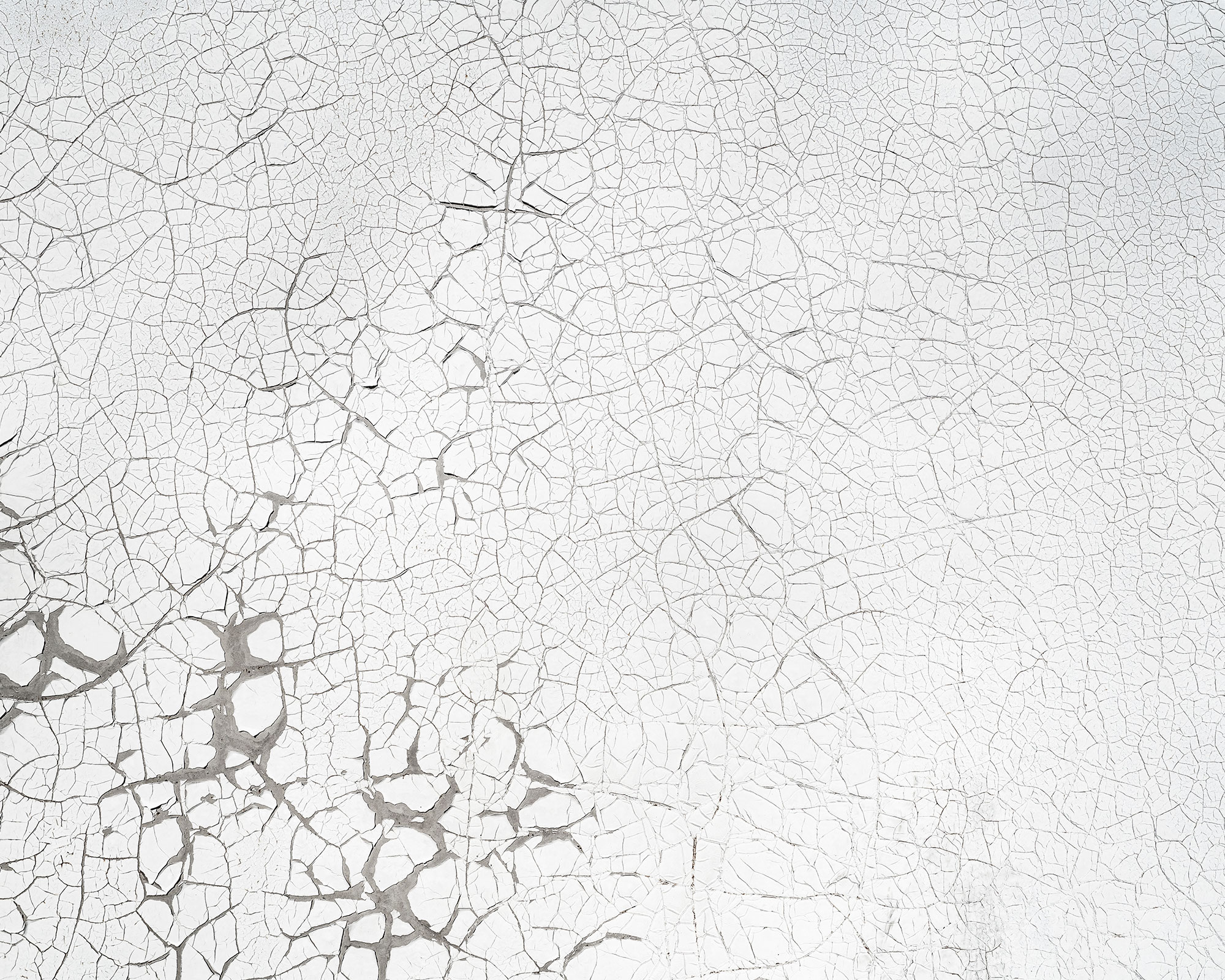How to fix ceiling cracks – 5 steps to a smoother ceiling
Our simple guide, packed with expert advice, will show you how to fix ceiling cracks effectively without calling in the professionals


Discovering how to fix ceiling cracks can be rather worrisome, especially if you’ve recently spent time and effort decorating. However, a hairline crack, or indeed a slighter bigger gouge, is often just a sign of settlement and movement, something which occurs in every property over time. And whilst these types of cracks don’t usually pose a threat to the structural integrity of a home, they can look unsightly and lead to minor leaks if left untreated.
It’s important to assess the nature of your ceiling cracks before you embark on any repair work. The good news is that in most cases, it’s relatively simple to patch up and restore the surface to its former glory. We’ve asked the experts for advice on how to fix ceiling cracks.
How to fix ceiling cracks – in 5 easy steps
Why is my ceiling cracking? is a question you should ask before you set about fixing it and you may need to fix a ceiling leak and get the details on how to fix a ceiling with water damage.
Of course, you may want to remove a popcorn ceiling – in which case you may like to consult our dedicated guide – or perhaps you just need to remove a textured ceiling, plaster a ceiling or patch a drywall ceiling you previously installed or inherited from your home's previous owners.
Whichever, these easy step-by-step instructions will help you complete the task with ease.
1. Consider your tools
For most cracks a flexible, good quality putty knife will be enough. ‘Purdy putty knives are available in a variety of sizes and both stiff and flex blades,’ explains Sharad Gaurav, Purdy Product Manager. ‘These putty knives work great when patching and filling in nail holes.’ he confirms. However, if you have a larger area to fill, this Purdy Premium Joint knife from Amazon might be the best option. ‘The blades help even out flaws and textures,’ explains Sharad.
- Drop cloths/protective sheets
- A ladder or platform unit
- Dust mask and goggles
- A good quality flexible putty knife
- For larger cracks, mesh or fibreglass repair tape
- Joint compound, easy sand or ready-mixed filler
- Vacuum or brush
- Sand paper
- Cloth
2. Protect the area
When working with old plaster in particular, wear protective gear including a face mask and goggles. Be sure to cover walls and furniture with plastic. And lay down drop cloths so any dust and scrapings can be easily cleaned up afterwards.
3. Apply joint compound or filler
The best thing to do with any type of crack is to make it ever-so slightly wider. This will ensure you ‘get enough easy sand into the crack for a substantial strong fill’, explains Nicholas Smacchia from Westchester-based company, Plastering by Nicholas. Afterwards, ensure you have brushed or sanded out any debris before you apply joint compound or filler.
Add joint compound or filler into the crack by applying with your putty knife and moving along the length of the gouge. Scrape off any excess by wetting the knife blade and scraping from the center to the edge.
As you go, keep your putty knife clean, without a large build up of joint compound ‘this will avoid streaks in the filler on application’, explains Alex Glover, DIY Specialist at Lick.
If the ceiling crack you are dealing with is fairly wide, consider applying mesh or fiberglass repair tape over the crack. Then you can spread joint compound over the tape and smooth it out.
4. Dry and sand the area
Be sure to apply several thin layers of joint compound or filler as this will achieve better blending results. When it has dried, sand down the surface to create a flat, smooth finish. You can do this by hand, with a sanding block, or, to speed up the process, use an electric sander. Once finished, climb down from the ladder and stand back to ensure the surface of the ceiling looks even.
5. Finish and clean up
Use the nozzle on your vacuum to clean the area you have filled, then wipe down with a cloth. Since there will be plenty of dust particles around the space, be sure to clean up the entire area before you attempt to paint.
Sign up to the Homes & Gardens newsletter
Design expertise in your inbox – from inspiring decorating ideas and beautiful celebrity homes to practical gardening advice and shopping round-ups.

Steph Hendries is a freelance journalist who has contributed to many different interiors websites including Homes & Gardens, Ideal Home and Livingetc. She has also worked on a range of social content for property brands such as Zoopla and Boomin. Steph writes for Homes & Gardens Solved section, concentrating on DIY, how to, cleaning and organizing content.
-
 This simple marble hack elevates my budget-friendly wooden kitchen countertops and prevents the dreaded water damage for way less than you’d think
This simple marble hack elevates my budget-friendly wooden kitchen countertops and prevents the dreaded water damage for way less than you’d thinkThis design trick looks expensive, solves a problem, and was the easiest decision I made during my kitchen reno
By Charlotte Olby Published
-
 Emily Blunt gifted Cillian Murphy this $545 pillow – she's 'obsessed' with these luxury pillows, and frankly, so are we
Emily Blunt gifted Cillian Murphy this $545 pillow – she's 'obsessed' with these luxury pillows, and frankly, so are weThe Oppenheimer stars sleep on this ultra-luxe goose down pillow – here's why we love it – plus our affordable alternatives from $35
By Sophie Edwards Published
-
 7 dorm room organizing rules for less clutter and more space
7 dorm room organizing rules for less clutter and more spaceExperts offer their top tips for creating a well-organized dorm room, no matter the size, space, or layout.
By Ashley Chalmers Published
-
 How to maximize storage in a small or shared dorm room, according to pro organizers
How to maximize storage in a small or shared dorm room, according to pro organizersFind out all the hidden storage zones you might never have noticed
By Ashley Chalmers Published